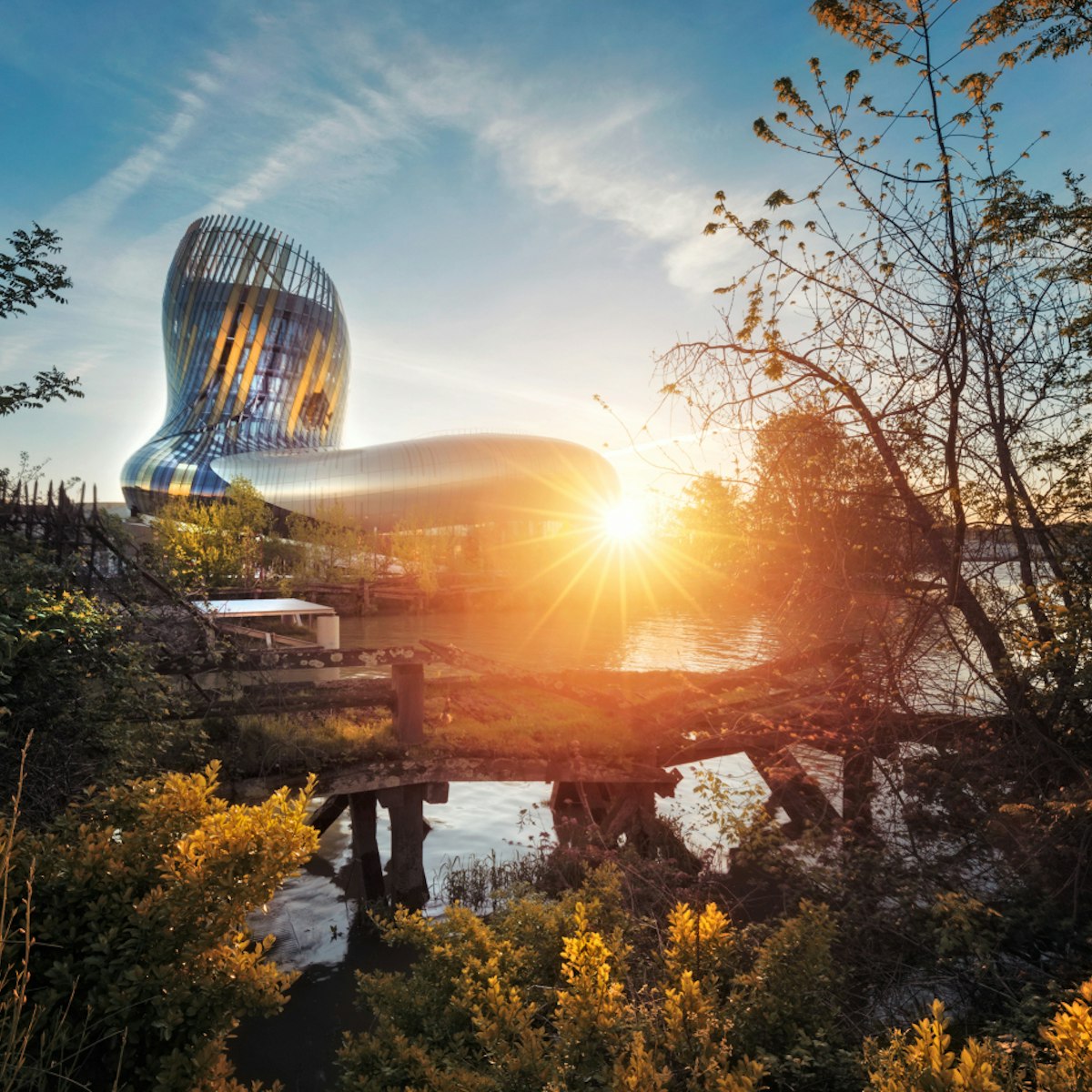It was around this vast Romanesque complex that the quartier of Saint-Seurin grew in the 11th century. As early as the 5th century, a church dedicated to St-Etienne has stood on this site where Gallo-Romans once buried their dead in a vast necropolis here. The church became a key stop for medieval pilgrims following the Camino de Santiago de Compostela (Way of St-James to Spain), and building work continued well into the 18th century.
The choir stalls and hexagonal belfry tower date to the 16th century. The tomb of Saint Fort and marble sarcophagi containing the remains of early bishops fill the tiny crypt in the church, easily accessible via stairs from the nave. The basilica's neo-Romanesque façade was designed by architect Pierre-Alexandre Poitevin in 1828, with Italian sculptor Dominique Fortuné Maggesi (1801–92) sculpting the many decorative statues and exuberant stone ornamentation.






